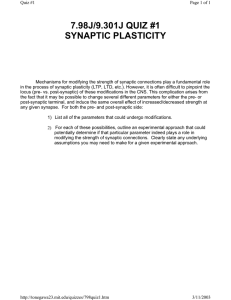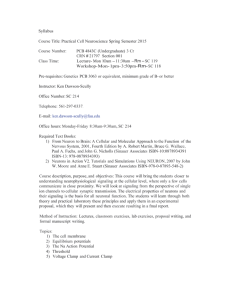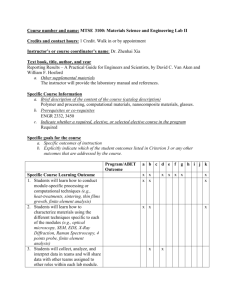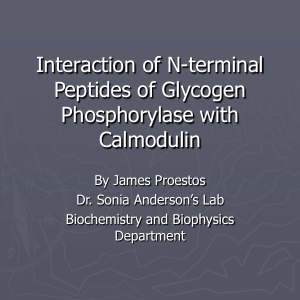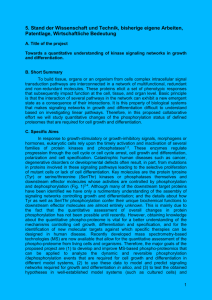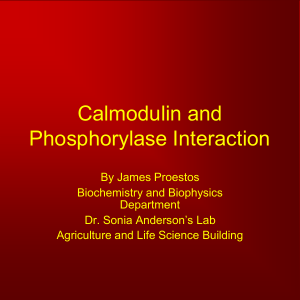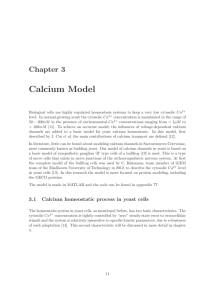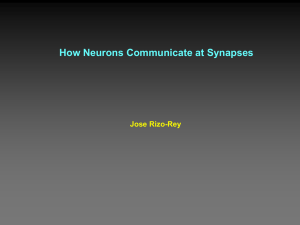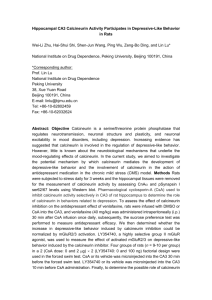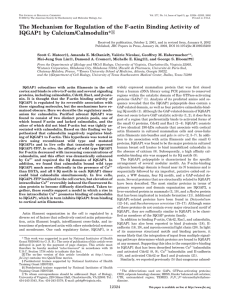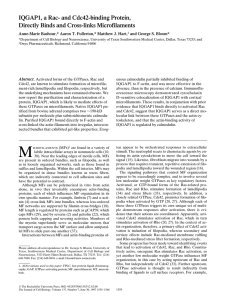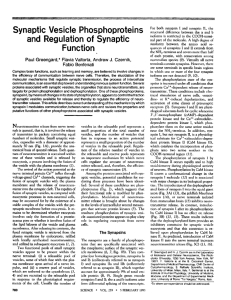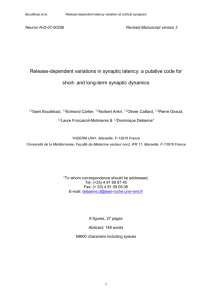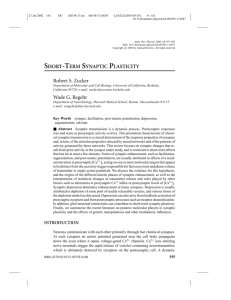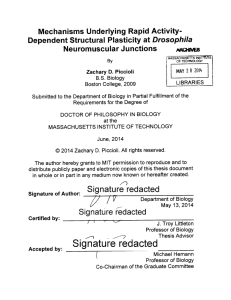PHS 398 (Rev. 9/04), Continuation Page
advertisement
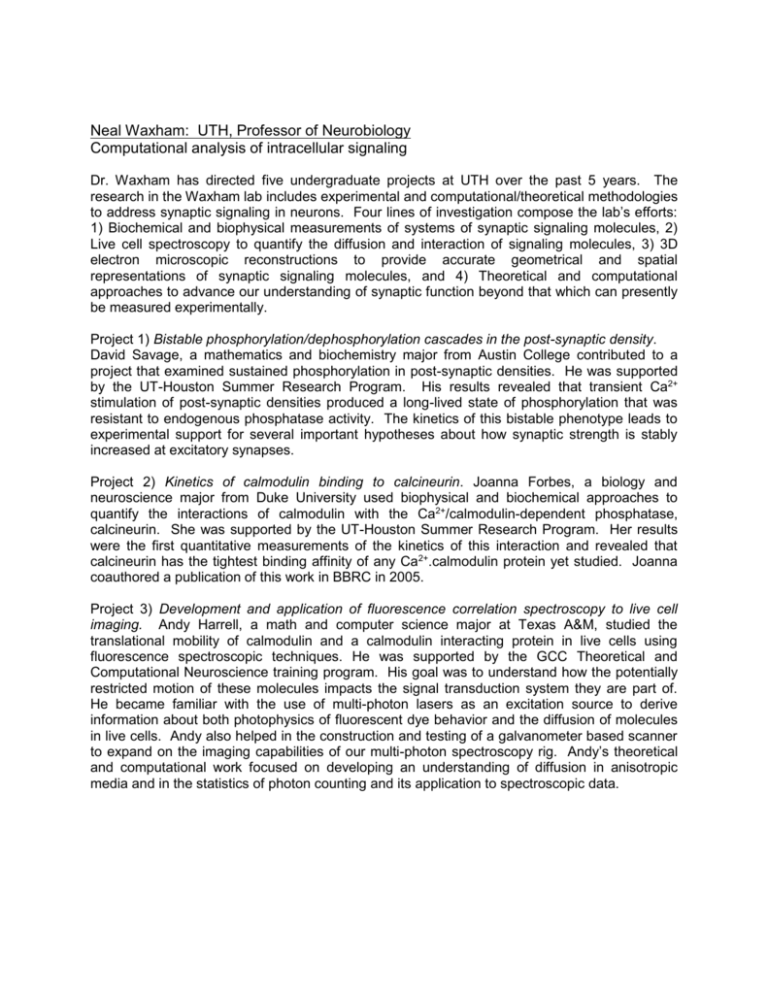
Neal Waxham: UTH, Professor of Neurobiology Computational analysis of intracellular signaling Dr. Waxham has directed five undergraduate projects at UTH over the past 5 years. The research in the Waxham lab includes experimental and computational/theoretical methodologies to address synaptic signaling in neurons. Four lines of investigation compose the lab’s efforts: 1) Biochemical and biophysical measurements of systems of synaptic signaling molecules, 2) Live cell spectroscopy to quantify the diffusion and interaction of signaling molecules, 3) 3D electron microscopic reconstructions to provide accurate geometrical and spatial representations of synaptic signaling molecules, and 4) Theoretical and computational approaches to advance our understanding of synaptic function beyond that which can presently be measured experimentally. Project 1) Bistable phosphorylation/dephosphorylation cascades in the post-synaptic density. David Savage, a mathematics and biochemistry major from Austin College contributed to a project that examined sustained phosphorylation in post-synaptic densities. He was supported by the UT-Houston Summer Research Program. His results revealed that transient Ca2+ stimulation of post-synaptic densities produced a long-lived state of phosphorylation that was resistant to endogenous phosphatase activity. The kinetics of this bistable phenotype leads to experimental support for several important hypotheses about how synaptic strength is stably increased at excitatory synapses. Project 2) Kinetics of calmodulin binding to calcineurin. Joanna Forbes, a biology and neuroscience major from Duke University used biophysical and biochemical approaches to quantify the interactions of calmodulin with the Ca2+/calmodulin-dependent phosphatase, calcineurin. She was supported by the UT-Houston Summer Research Program. Her results were the first quantitative measurements of the kinetics of this interaction and revealed that calcineurin has the tightest binding affinity of any Ca2+.calmodulin protein yet studied. Joanna coauthored a publication of this work in BBRC in 2005. Project 3) Development and application of fluorescence correlation spectroscopy to live cell imaging. Andy Harrell, a math and computer science major at Texas A&M, studied the translational mobility of calmodulin and a calmodulin interacting protein in live cells using fluorescence spectroscopic techniques. He was supported by the GCC Theoretical and Computational Neuroscience training program. His goal was to understand how the potentially restricted motion of these molecules impacts the signal transduction system they are part of. He became familiar with the use of multi-photon lasers as an excitation source to derive information about both photophysics of fluorescent dye behavior and the diffusion of molecules in live cells. Andy also helped in the construction and testing of a galvanometer based scanner to expand on the imaging capabilities of our multi-photon spectroscopy rig. Andy’s theoretical and computational work focused on developing an understanding of diffusion in anisotropic media and in the statistics of photon counting and its application to spectroscopic data.
